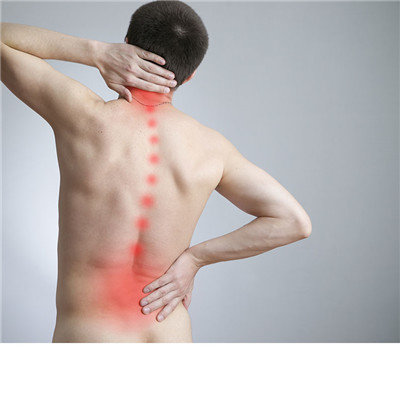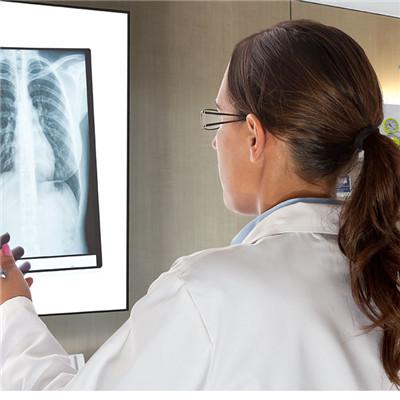What symptom is ankylosing spondylitis?
summary
Ankylosing spondylitis this disease can appear a lot of clinical symptoms, but the incidence of ankylosing spondylitis patients is often slowly formed, want to understand ankylosing spondylitis this disease, we need to first understand the patient's living environment, because our experts found that the patient's living environment and the formation of the disease has a direct relationship.
What symptom is ankylosing spondylitis?
For young people aged 16-25, especially young men. Ankylosing spondylitis generally occult onset, early may not have any clinical symptoms, some patients in the early may show mild systemic symptoms, such as fatigue, emaciation, long-term or intermittent low fever, anorexia, mild anemia and so on. As the disease is mild, most patients can not be found early, resulting in delay of the disease and loss of the best opportunity for treatment.

Most of as patients have joint disease, and most of them first invade sacroiliac joint, then ascend to cervical spine. A few patients are invaded by cervical vertebra or several spinal segments at the same time, and can also invade the surrounding joints. In the early stage, there is inflammatory pain in the joints, accompanied by muscle spasm around the joints, and a sense of stiffness, which is obvious in the morning. It can also be manifested as nocturnal pain, which can be relieved by activities or taking analgesics. With the development of the disease, joint pain was alleviated, and the movement of each spinal segment and joint was limited and deformed. In the late stage, the whole spine and lower limbs became rigid and arched, flexing forward.

Sacroiliac arthritis is the first manifestation in 90% as patients. After ascending to the cervical spine, it showed recurrent low back pain, lumbosacral stiffness, intermittent or alternate low back pain and bilateral hip pain, which could radiate to the thigh, without positive signs, and the leg extension test was negative. But direct compression or extension of sacroiliac joint can cause pain. Some patients have no symptoms of sacroiliac arthritis, only X-ray examination found abnormal changes. About 3% as had the earliest involvement of cervical vertebra, and then descended to lumbosacral region. 7% as had almost the whole spine involved at the same time.

matters needing attention
The disease treatment of patients with ankylosing myelitis also needs a certain amount of time, which requires patients to do a good job in clinical treatment. Moreover, the treatment difficulty of patients with ankylosing myelitis will increase, so we need to change the treatment plan in time, which is the best for the disease treatment of patients.
















